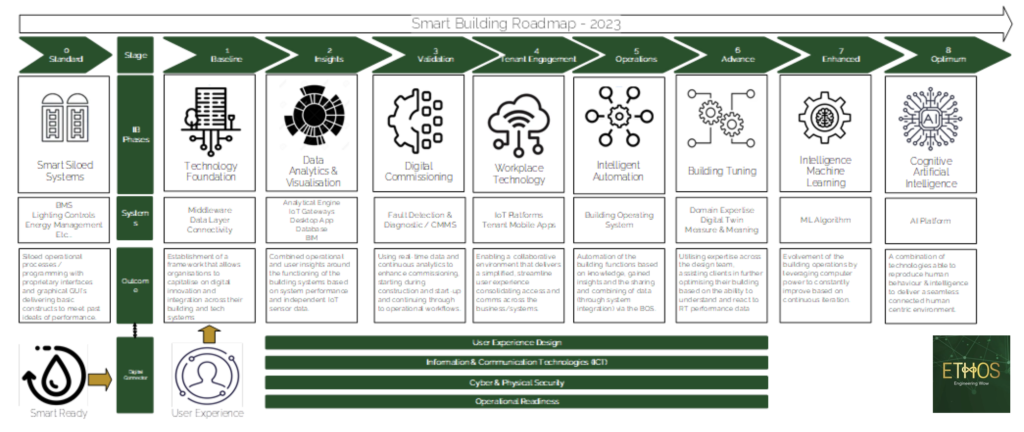
Following my recent post on Accrediting Smart Building Solutions? I am bookmarking this diagram from a post by James Dice from Nexus Labs on LinkedIn (see here). It is not exactly the kind of ‘map’ I am talking about (see here), but I think he does at least explain the problem he thinks his market place helps solve, i.e. the gap between buyers and sellers of smart building technology that he discussed in a follow post (see here). There is another one that Matthew Marson pointed out in this column for Smart Buildings Magazine back in September when he asked Do we have an honesty problem? That’s about vendors over claiming the capabilities of their solutions and/or overstating their contribution to the deployment of smart assets. What is not clear about the Nexus Labs market place is how that ‘promise gap’ is evaluated/verified/etc. Having co-written 2 books about modern marketing and judged a number of content marketing awards, I would also say there is a bigger problem and that is how badly vendors communicate who they are, what they do and why it matters. Check out this previous post on Better and more strategic marketing communications? where header graphic probably better describes most of the marcoms I see in smart buildings space.












